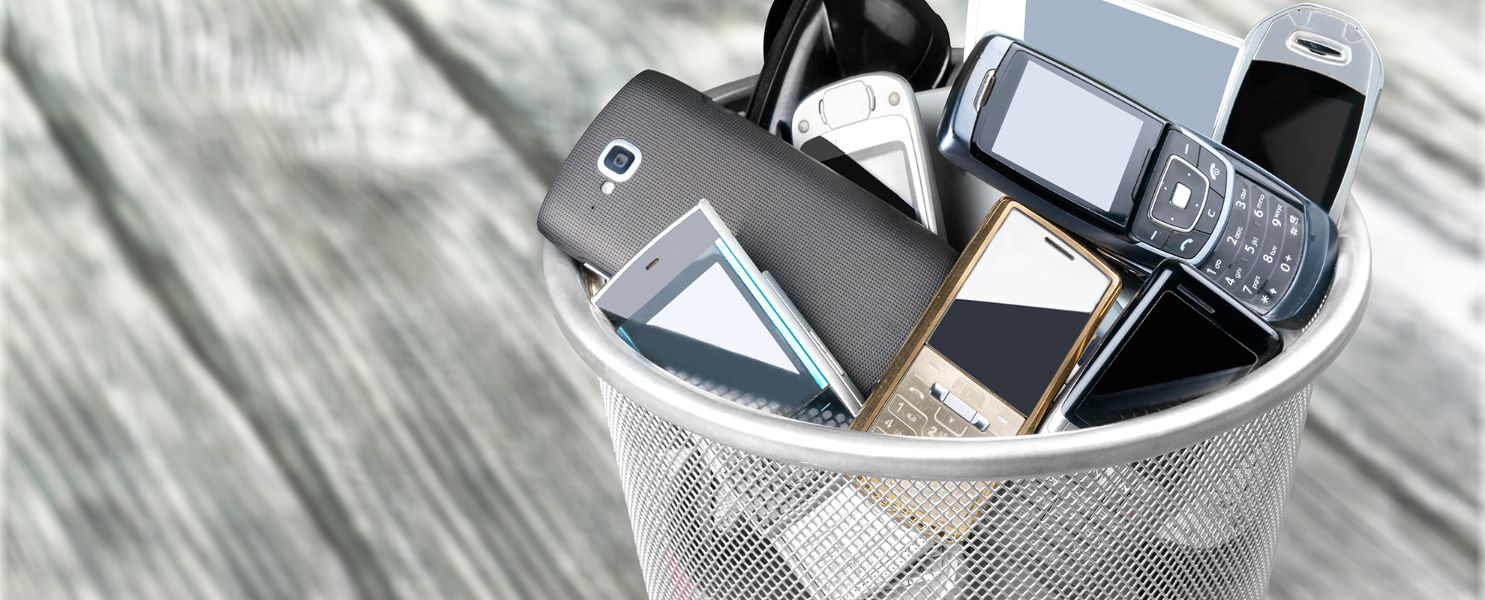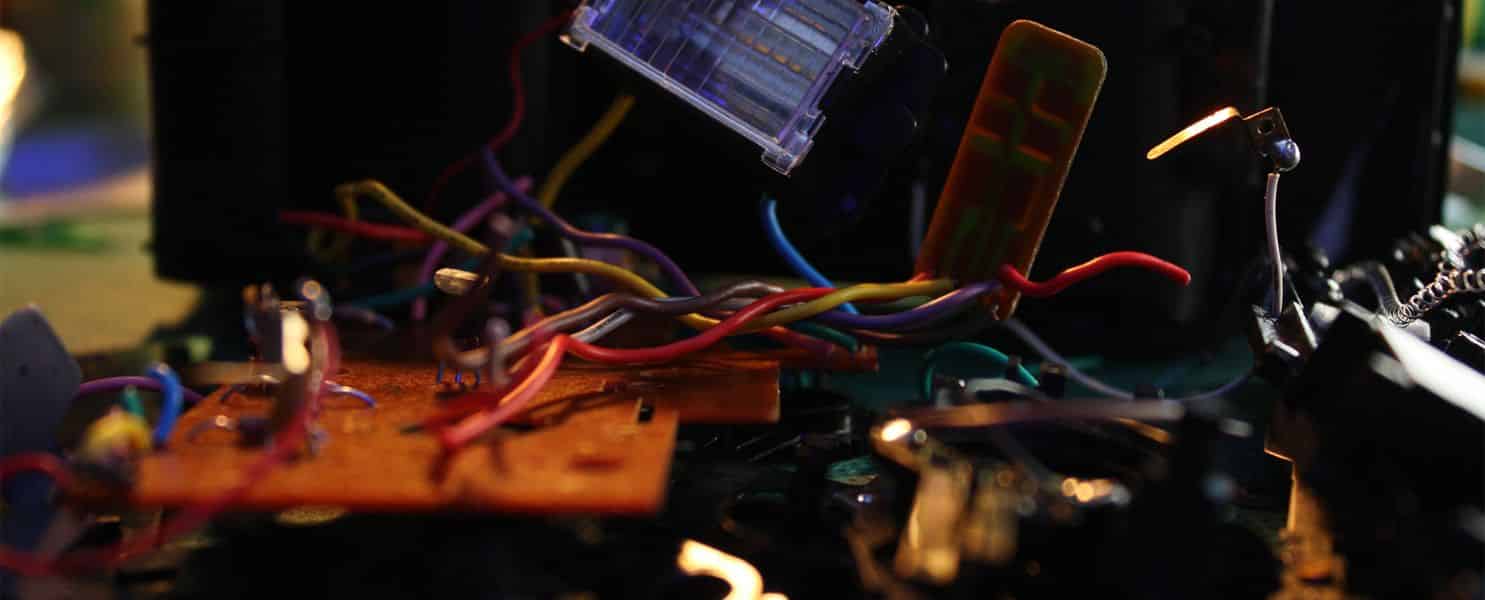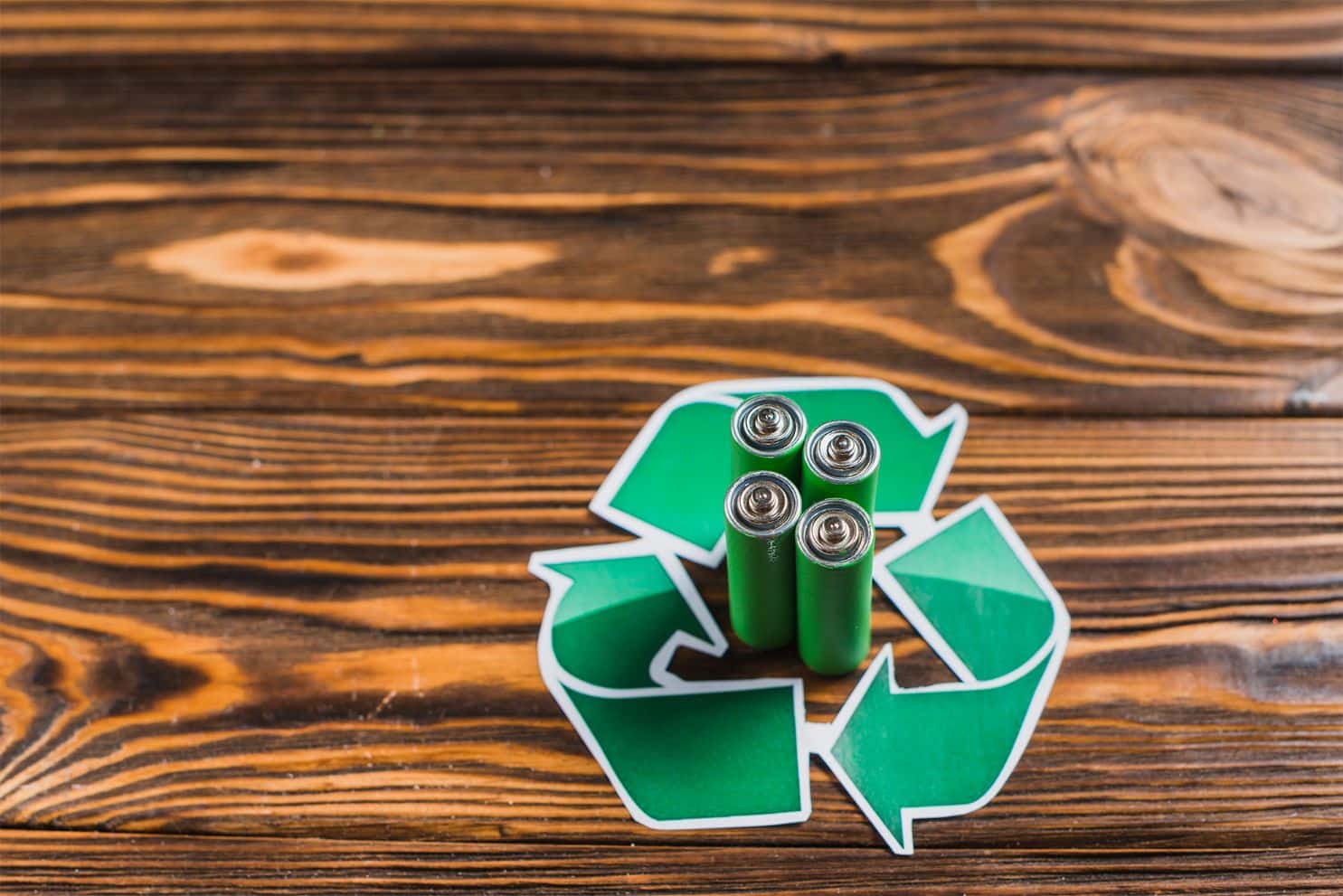The recycling of electronic waste is a topical issue. Over time, the amount of waste in the world is increasing worryingly. In this problem, it is still necessary to dwell on certain elements such as electronic waste that can have a greater impact. The future of electronic objects at the end of their cycle of use should concern all states.
E-waste management mechanisms are at the heart of many environmental debates. The stakes of the measures to be taken are considerable, particularly because of the ecological scope of this detritus. Focus on the e-waste recycling process!
Why shouldn’t electrical appliances be thrown in the trash?

Many environmental organizations warn users about the impact of electronic waste on the environment and health. Electrical appliances should not be thrown in the trash. It is all the more important to avoid this gesture with batteries and batteries.
For good reason, they are made of heavy metals such as nickel, lead or zinc. The latter are extremely polluting and persistent. Also, they are rare metals and difficult to find. Thrown in the trash, it becomes complex to recycle them for a new use.
For example, nickel can be reused in the manufacture of cutlery or pans. Zinc is best used for roofs and lead makes it possible to have new batteries. All batteries and batteries can be recycled except those used in cars.
There is no excuse for not recycling batteries from phones, laptops, watches, etc. To do this, it is usually necessary to go to an e-waste collection point. You could deposit your battery in:
- the business where it was purchased;
- recycling containers located in supermarkets;
- town halls and administrations;
- landfills;
- public places that have collection terminals. (Find out more on your city’s website)
Collection points are set up on every street corner. It is possible to refer to specialized organizations that recycle batteries in accordance with the legislation.
How does the recycling of electronic waste work?
Since November 2006, computer recycling and electronic recycling must go through two stages: collection and transport to treatment sites.
Screen components and mobile phones
In Quebec, 75% of screen components are recyclable. These include the cathode ray tube, the electronic board and the plastic shell. They are separated manually. The anti-implosion tape is cut before the electroluminescent powders are absorbed. Barium and lead glasses are removed.
As for mobile phones, once collected, they undergo a functional test. If they are still in good condition, they are put back into circulation in solidarity networks. Otherwise, they are dismantled and the recyclable elements are collected.
Household appliances
Appliances are verysensitive. They also account for a colossal share of waste electrical and electronic equipment (WEEE). To recycle them, you must first make sure that they are reusable. So, they are sorted into different groups.
Motor cables and capacitors are removed manually. The potential refrigerant fluids are extracted. The camera is crushed and broken down into small pieces. Greenhouse gases are sucked in.
The recycling of electronic waste takes into account many other specificities. Clearly, it must be entrusted to real specialists.
What is difficult or almost impossible to recycle?

Among WEEE, the most difficult items to recycle are electronic devices. They are composed of heavy metals like gold and copper and chemicals. Mercury and lead in particular are extremely dangerous to health. It is particularly difficult to manage their recycling and storage in landfills.
However, it is possible to recycle its electronic waste described as “time bombs”. Most importantly, it is possible to recycle them safely and sustainably. Electrical appliances are made of plastics that are useful for the manufacture of new products.
Ideally, to recycle them, you should first ask yourself if the device is still functional. If so, it is advisable to donate it. If it no longer works, it is necessary to resort to the EPRA (association for the recycling of electronic products).
How will e-waste recycling evolve in the future?
Electronic waste is accumulating at cruising speed. It is not surprising that one wonders about the evolution of their recycling. Arrangements are continually being made by European organizations and other major states such as China, Japan, Canada, the United States and Australia. There are two major directives introduced by the countries of the European Union.
This is WEEE, which relates to waste electrical and electronic equipment on the one hand, and the restriction of the use of certain hazardous substances in electrical equipment, on the other. Other measures are designed to reduce the amount of electronic waste and to optimize its management. Effective and firm decisions must be made.

